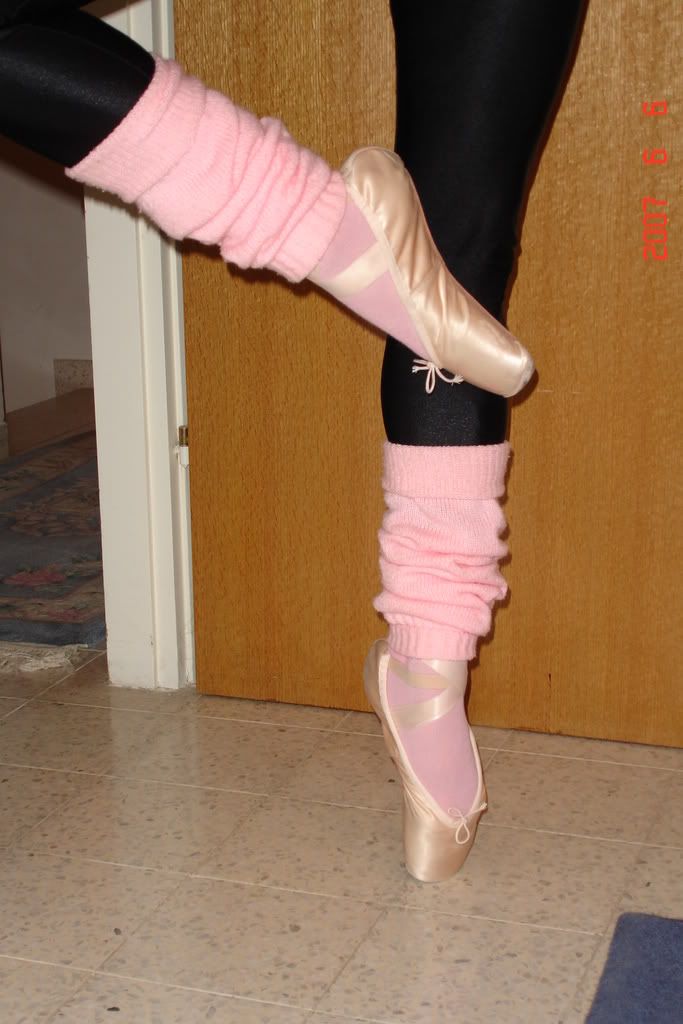Post by holger on Oct 2, 2007 15:57:23 GMT -5

Just a month ago we were off to visit Font de Gaume, one of the Upper Paleolithic Caves in the Drdogne. After a brief and minimal breakfast in a small cafe near our hotel we arrived at Font de Gaume to pick up our pre-paid tickets and some English Guidebooks. When you reserve you get a time for your tour and you really need to reserve in advance. Each group is quite smll in numbers, around 12 people to try to minimize the damage to the environment. We also got ver strict instructions about not touching the cave walls with anything including clothing, a neat trick as some passages are very narrow and tight as well as low. In the front section there are also grates that one walks on that are specially treated to decontaminate shoes. One must also put handbags, backpacks, etc. in a separate area near the cave entrance. At some point this cave may well be closed as is the original Lascaux. So if you are thinking of going, I would do so in the near future.
Once you leave the small shop/ticket office it is about a 400 metre walk up a steep hill to the cave entrance. I walk with a cane at times and had one with me which I was able to take into the cave. When you get to the cave entrance, you wait for the guide and then the cave door is unlocked and the group can go in. At first, your eyes need to get used to the dim light although the guide has a laser light for pointing out some of the art. Our guide only spoke French. Apparently there are some tours where the guide does speak English. But that was not something we knew when we booked.
Once the door closes it is absolutely fascinating to realize that you are stepping on thesame ground that humans walked on 11-18 thousand years ago. We had chatted with some English speaking expats who currently live in Paris, have for over 20 years and a friend of theirs. They were very kind and translated some of the instructions and information for us as well as assisting me in some of the more difficult passages.
The reality of the cave art and how it was done is so different than just reading about it as you recognize how complex it must have ben to create it in many areas of the cave complex. Certainly, scaffolding, lighting would have been necessary and while some art is in wider chambers, other depictions are placed in very narrow and high passages. There is also the interesting use of surface formations to produce three dimensions. In some cases parts of the animals portrayed were carved.
In this complex, bisons, horses and ibexes are most frequently portrayed. All told we walked about 1200 metres and down about 100. It was a fantastic experience.
After visiting the cave we drove a short distance to Les Eyzies, had lunch of an interesting mixture of potato and shredded duck at a small cafe and then went to the Museum of Prehistory. If you do go, it might be helpful to go to the museum first. I had taught the period so this arrangement was fine but my husband might have preferred the other arrangement. In the museum there are some printed materials in English. The museum is well arranged with excellent exhibitions and some useful short films.
After the museum we drove to Montignac/Lascaux to pick up our tickets for Lascaux II the next day. Then back to Sarlat. We had a very nice dinner at L'Octeroi, a fairly large restaurant near outr hotel with seating inside and out. We both had local wine, foie gras and confit of duck--will start quacking soon. Good food, nice young waitresses and friendly atmosphere. We were both so full that we skipped dessert. Of course, had some marzipan back in the room. All in all, a wonderful day.








 It freaks me out whenever I fly El Al from Israel to New York, and I'm sure that being in a cave would be a lot more difficult.
It freaks me out whenever I fly El Al from Israel to New York, and I'm sure that being in a cave would be a lot more difficult.
 Let the riot begin! LOL -
Let the riot begin! LOL -  hahahha
hahahha